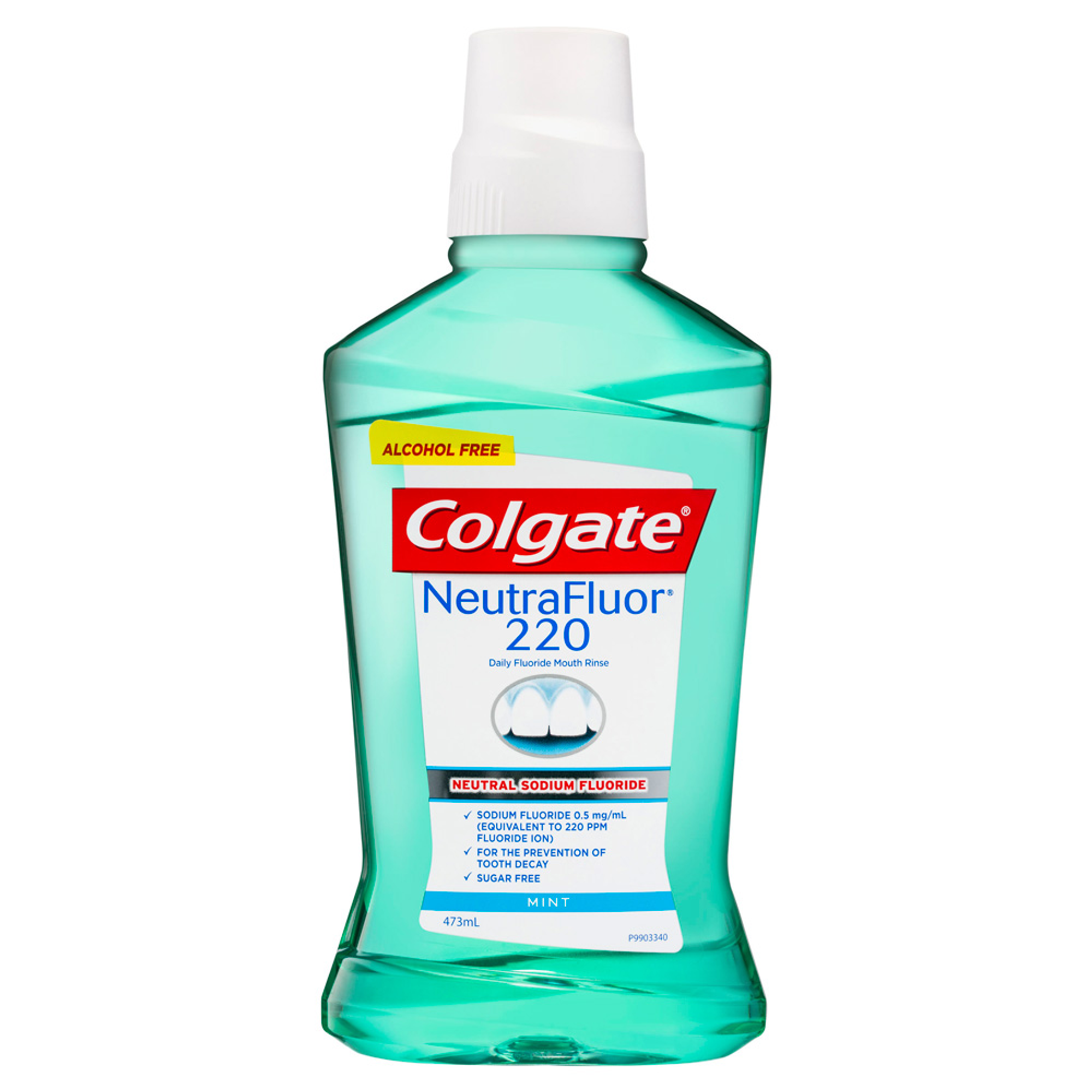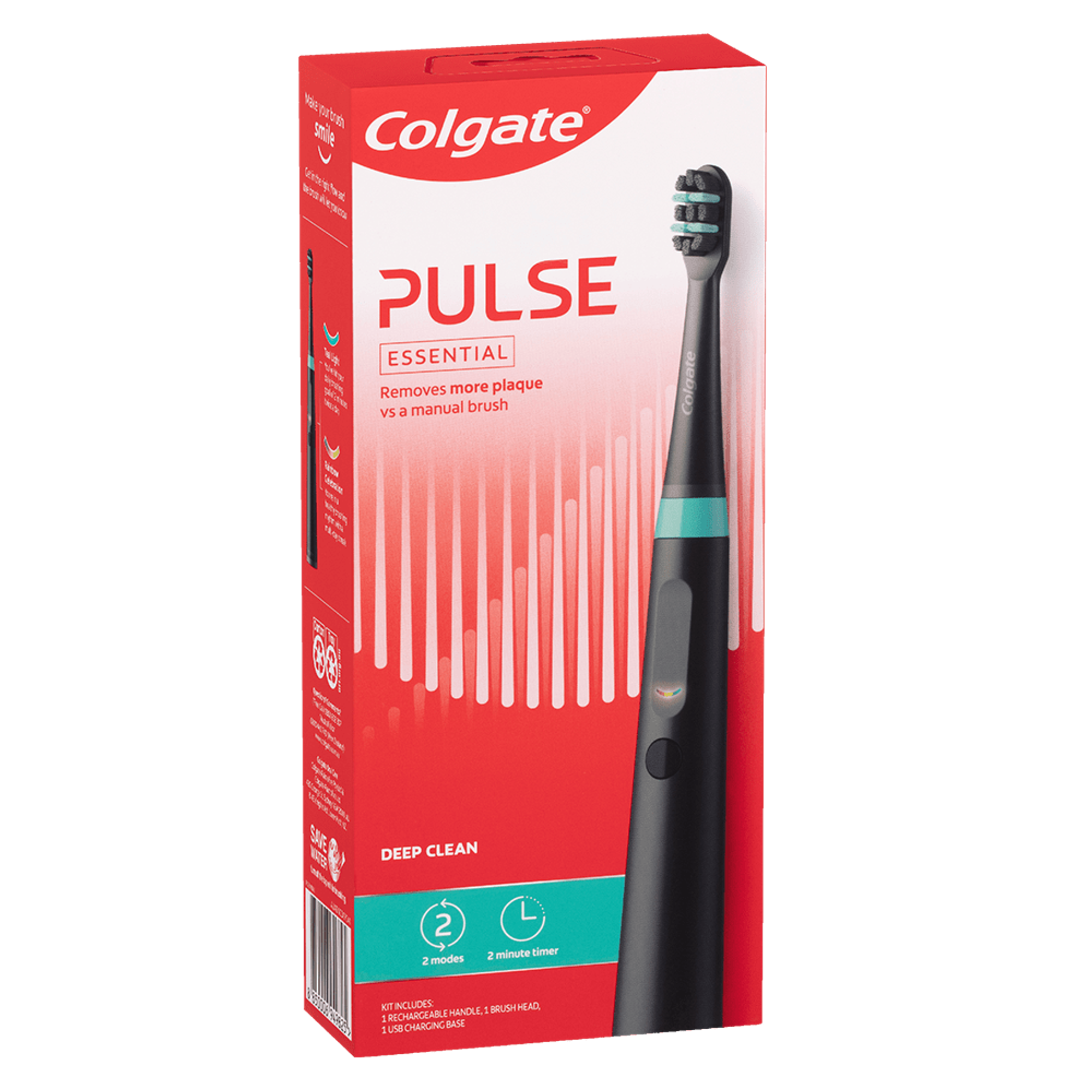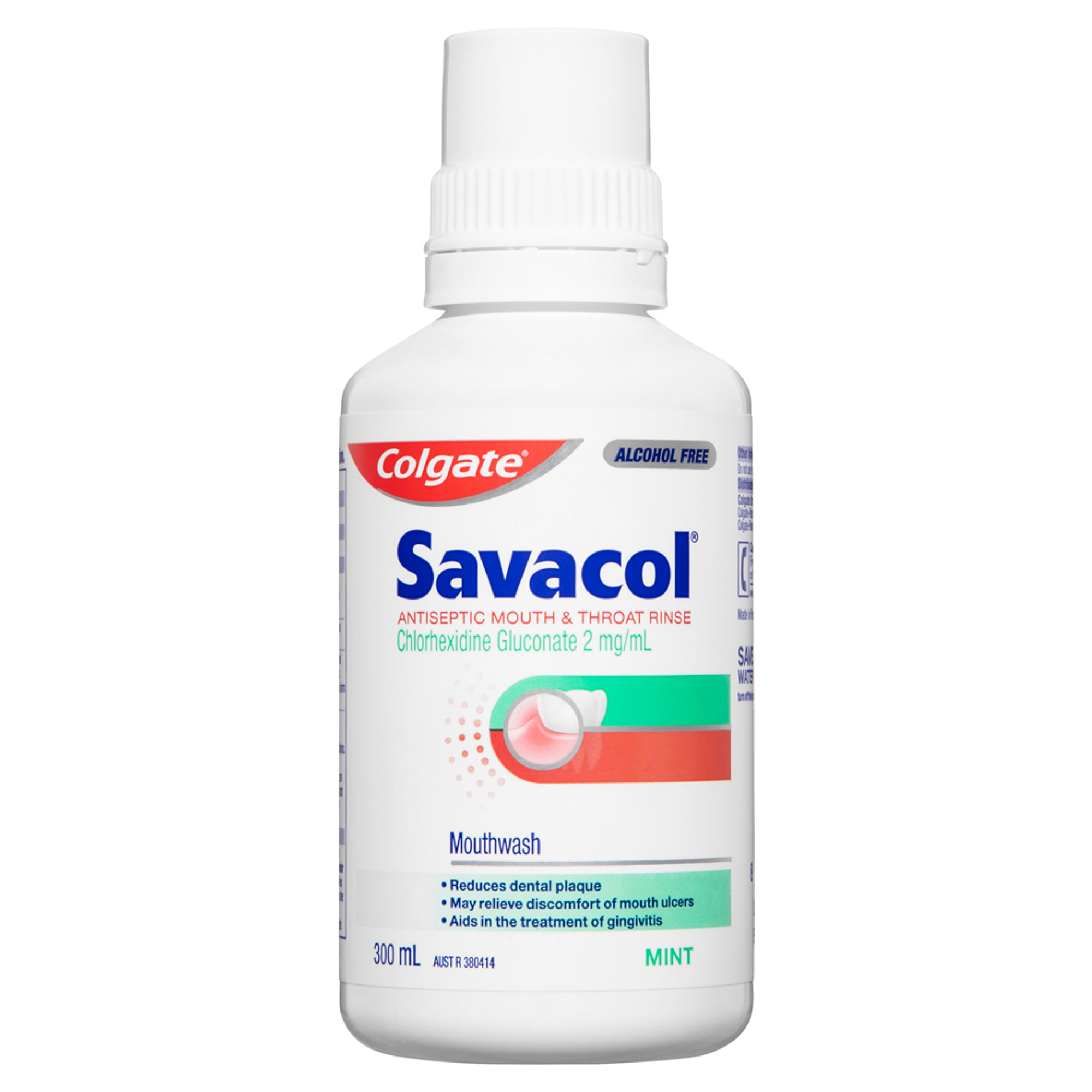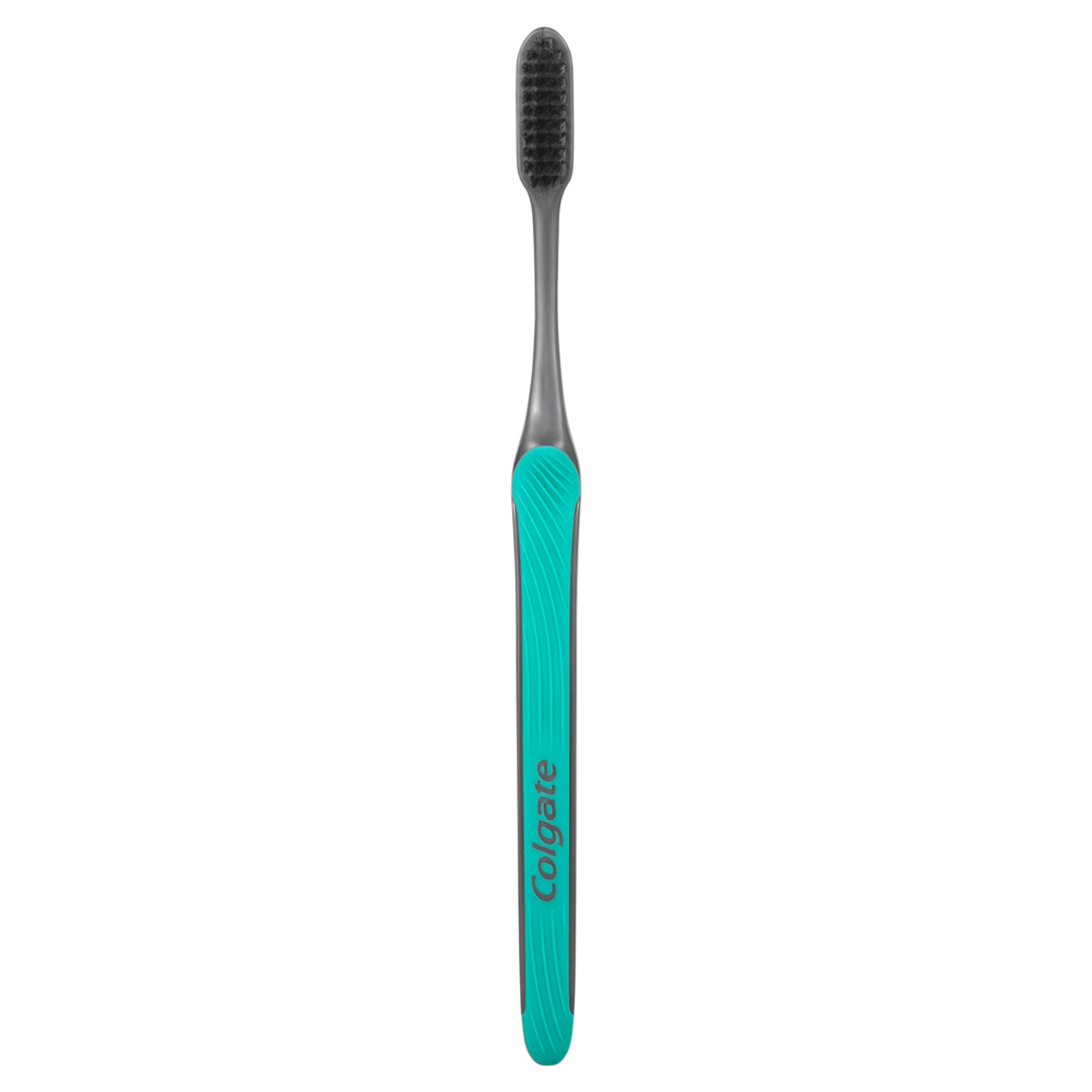AMALGAM
Made of: A mixture of silver, tin, zinc, copper and mercury. Mercury is nearly 50% of the mixture.
Types: Traditional (non-bonded commonly)
Used for: Fillings in back teeth
Lasts: At least 10 years, usually longer
Costs: The least expensive type of restorative material
Advantages
- Amalgam fillings are strong. They can withstand the forces of chewing.
- They are less costly than the alternatives.
- Amalgam fillings can be completed in one dental visit.
- They are less sensitive to moisture during the filling process than composite resin.
Disadvantages
- Amalgam doesn't match the color of your teeth.
- Amalgam fillings can corrode or tarnish over time. This can cause discoloration where the filling meets the tooth.
- A traditional (non-bonded) amalgam filling does not bond (hold together) with your tooth.
- The cavity preparation (the "pocket" in your tooth) developed by your dentist requires undercuts or ledges to keep the filling in place. Your dentist may have to remove more of the tooth to create a secure pocket.
- Some people may be allergic to mercury or be concerned about its effects. Research shows that the amount of mercury exposure from fillings is similar to what people get from other sources in the environment.
COMPOSITE RESIN
Made of: A mixture of plastic and fine glass particles.
Types: Direct and indirect. Direct fillings are placed by your dentist using a bright blue light that hardens the soft material. For indirect fillings, your dentist prepares the tooth and takes an impression of it. A laboratory or the dentist then will make the filling from the mould. During a second visit, your dentist cements this filling into place.
Used for: Small and large fillings, especially in front teeth or the visible parts of teeth; also for inlays
Lasts: At least five years
Costs: More than amalgam, but less than gold
Advantages
- Your fillings or inlay will match the color of your teeth.
- A filling can be completed in one dental visit. An inlay may require two visits.
- Composite fillings can bond directly to the tooth. This makes the tooth stronger than it would be with an amalgam filling.
- Less drilling is involved than with amalgam fillings. That's because your dentist does not have to shape the space as much to hold the filling securely. The bonding process holds the composite resin in the tooth.
- Indirect composite fillings and inlays are heat-cured. This step increases their strength.
- Composite resin can be used in combination with other materials, such as glass ionomer, to provide the benefits of both materials.
Disadvantages
- Composite resins cost more than amalgam fillings.
- Although composite resins have become stronger and more resistant to wear, it's not clear whether they last as long as amalgam fillings under the pressure of chewing.
- The composite may shrink when placed, producing gaps between the tooth and the filling. This can lead to more cavities in areas where the filling is not making good contact with your tooth. The shrinkage is reduced when your dentist places this type of filling in thin layers.
- These fillings take more time to place. That's because they are usually placed in layers. The increased time and labor involved also contribute to the higher cost.
- Indirect fillings and inlays take at least two visits to complete if your dentist is not prepared to make the inlay while you wait. Your dentist takes impressions at the first visit and places the filling or inlay at the second visit.
CAST GOLD
Made of: Gold alloy (gold mixed with other metals)
Used for: Inlays and onlays, crowns
Lasts: At least 15 years, usually longer
Costs: More than most other materials; 6 to 10 times more expensive than amalgam
Advantages
- Gold doesn't corrode.
- Some people like the gold color better than the silver color of amalgam.
- Gold fillings are durable enough to withstand chewing forces. They last longer than all other filling materials.
Disadvantages
- You must visit the dentist at least twice to receive a gold filling. At the first visit, the dentist makes an impression of your tooth and places a temporary filling. The gold filling is made from the impression. It is placed at a second visit.
- The cost is high because of the high cost of gold and the work involved.
- If gold and amalgam fillings are right next to each other in your mouth, an electric current can result from interactions between the metals and your saliva. This can cause discomfort, called "galvanic shock.
- Gold fillings are not tooth-colored.
CERAMICS
Made of: Porcelain, most commonly
Used for: Inlays and onlays, crowns, veneers, implant
Lasts: More than seven years
Costs: More than composite and as much as or more than gold, depending on the filling.
Advantages
- Ceramics are tooth-colored.
- Ceramics are more resistant to staining and abrasion than composite resin.
Disadvantages
- Ceramics are more brittle than composite resin and can break.
- A ceramic inlay or onlay needs to be large enough to prevent it from breaking. This means that the tooth must be reduced in size to make room for the extra bulk.
GLASS IONOMER
Made of: Acrylic and a component of glass called fluoroaluminosilicate
Types: In a traditional filling, the material sets without a bright light. Resin-modified or hybrid composite glass ionomer fillings are stronger than traditional ones. A bright blue light is used to set the material.
Used for: Glass ionomer is used most commonly as cement for inlay fillings. It also is used for fillings in front teeth, or around the necks of your teeth, or on root surfaces.. It is also used for filling baby teeth and as a liner for other types of fillings.
Lasts: Five years or more
Costs: Comparable to composite resin
Advantages
- Glass ionomer matches the color of the teeth, but not always as well as composite resin. Resin-modified glass ionomer is usually a better match than traditional glass ionomer.
- Glass ionomers release fluoride, which can help protect the tooth from further decay.
- Glass ionomer restorations bond (stick) to the tooth. This helps to prevent leakage around the filling and further decay.
Disadvantages
- Traditional glass ionomer is significantly weaker than composite resin. It is much more likely to wear or fracture.
- Traditional glass ionomer does not match your tooth color as precisely as composite resin.
- A resin-modified glass ionomer filling needs to be applied in thin layers. Each layer must be cured, or hardened, with a special bright blue light. Then the next layer can be added. This makes the tooth stronger, but can lengthen the time of the dental appointment.
4/9/13
© 2002- 2018 Aetna, Inc. All rights reserved.
This article is intended to promote understanding of and knowledge about general oral health topics. It is not intended to be a substitute for professional advice, diagnosis or treatment. Always seek the advice of your dentist or other qualified healthcare provider with any questions you may have regarding a medical condition or treatment.














